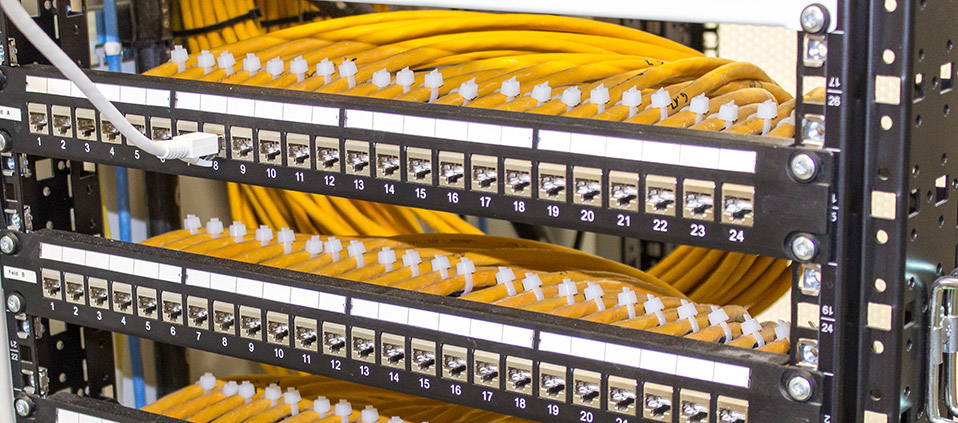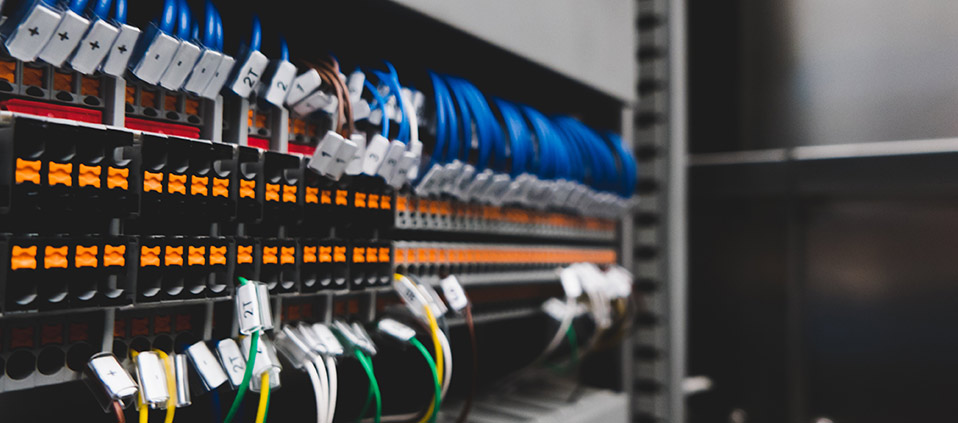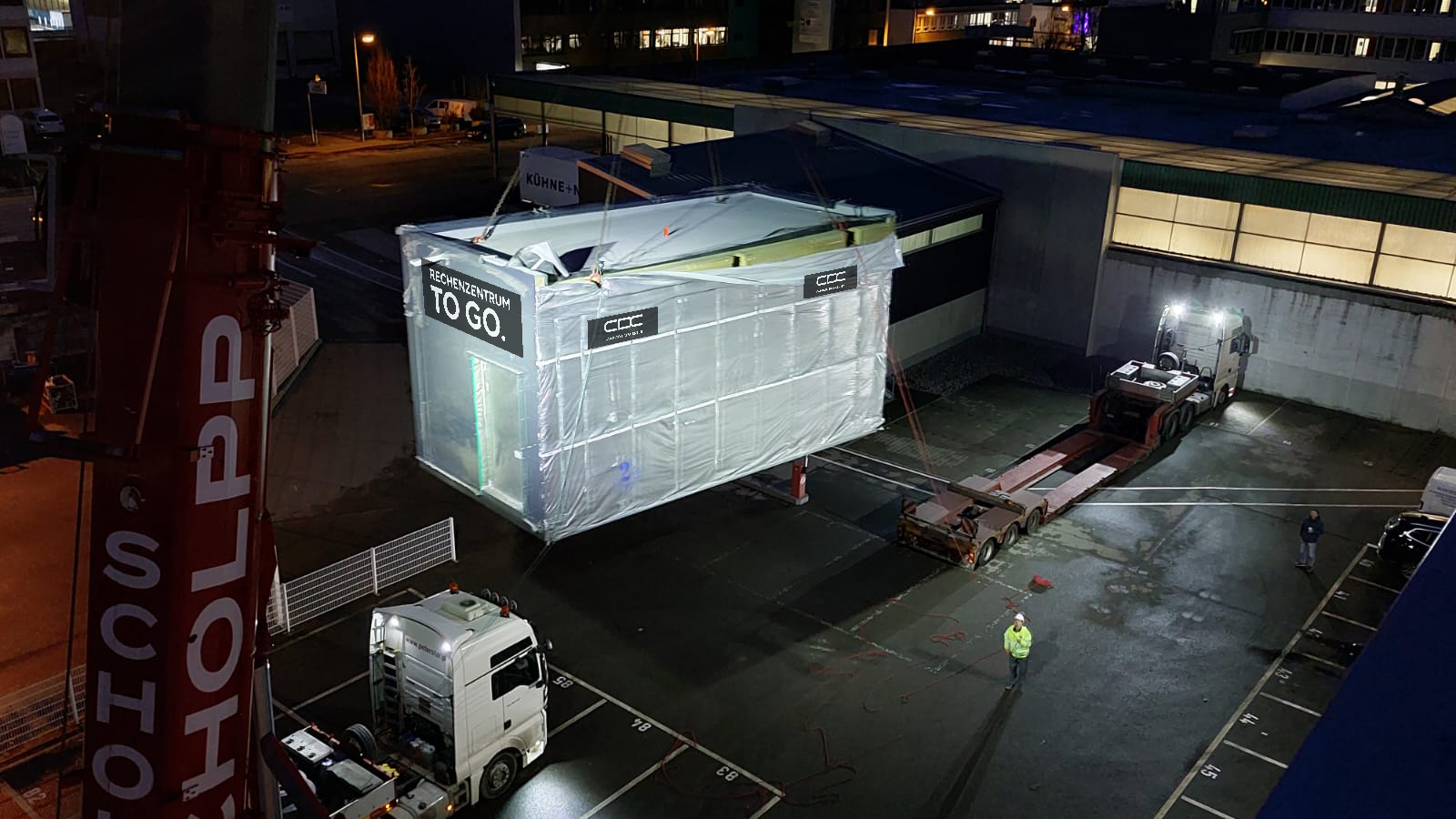Network Cabling in Server Rooms and Data Centers
Network cabling is the backbone of server rooms and data centers. Here, data, applications, and services flow that keep businesses running. Efficient, secure, and stable cabling is therefore paramount to ensure smooth operations. In the following, we illuminate why network cabling in such environments is so crucial and which best practices are recommended for optimal cabling.
Why is Network Cabling So Important?
The increasing dependence on technology in modern business life has heightened expectations of the performance of data centers and server rooms. Delays or outages can cause significant financial losses and reputational risks. Well-planned and executed network cabling ensures that data flows at maximum speed with minimal interruptions.
Types of Cables
Various types of network cables are used in data centers:
- Twisted-Pair Cables: These cables are most commonly found in Ethernet networks. They consist of four twisted pairs of cables, each housed in a protective casing.
- Fiber Optic Cables: These cables transmit data in the form of light waves and are known for their high transmission speed and distance.

Best Practices in Network Cabling
- Color Coding: Using color codes for different services or network areas allows technicians to quickly identify which cable belongs to which network or service.
- Cable Management: Cable bundles, racks, and cable trays help keep cables neat and organized. This not only facilitates access and maintenance but also reduces the risk of disruptions.
- Redundancy: More and more data centers use redundant cabling systems to ensure that a backup is available in case of a cable failure.
- Accessibility: Cables should always be laid out in a way that they are easily accessible without disturbing other systems or cables.
- Documentation: Thorough documentation of the cabling infrastructure, including a current network diagram, is essential. This simplifies troubleshooting and future expansions.
- Quality over Price: When choosing cables and components, quality should always come before price. High-quality cables and connectors minimize the risk of failures and improve overall network performance.
Future of Network Cabling in Data Centers
With the advent of 5G, IoT (Internet of Things), and other advanced technologies, the amount of data flowing through data centers will grow exponentially. This means that network cabling will continue to play a critical role. New standards like Cat8 and more advanced fiber optic cables are being developed to meet the growing demands.
Conclusion
Network cabling in server rooms and data centers is much more than just laying cables. It’s a strategic decision that can directly influence the success or failure of a business. By following the best practices mentioned above, companies can ensure that their network infrastructure meets not only current but also future demands. In the digital era, a solid network foundation is essential, and the right cabling is the key to it.






